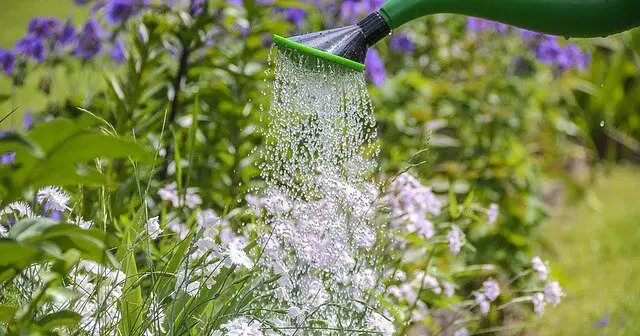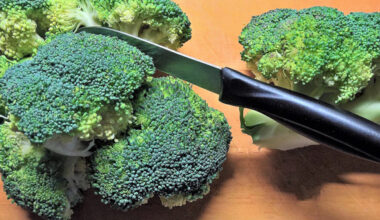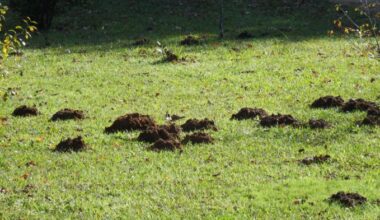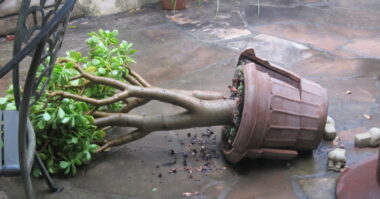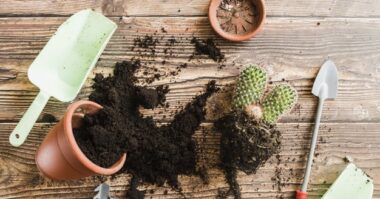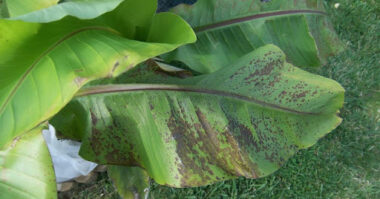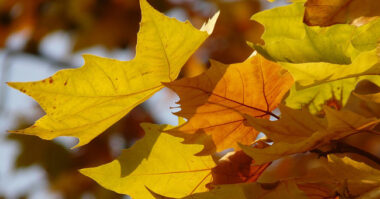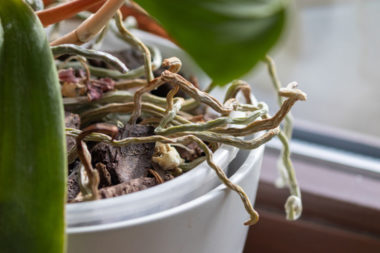Over-watering is a fairly common problem, especially with houseplants. It’s a difficult problem to solve: too much water can kill a plant by rotting its roots, and without roots, plants lose their ability to survive.
The solution to save your overwatered plant, if it’s not too late, is to remove the root ball very carefully, then wrap it in several layers of absorbent paper and let it dry for at least 24 hours.
Afterwards, you will have to put your clod of earth back in place very carefully, and do not water for several days, until the plant eliminates the excess water.
Contents
How do you know if you are overwatering your plants?
A plant consists of 90% water and its vital functions therefore require its presence.
When it lacks it, the plant can wither, wither and die.
Conversely, too much water drives out the oxygen present in the soil where the roots grow. Unable to play their role, they rot and die.
The water dynamics of the plant is very closely linked to the temperature of its environment. The ravages of frost and drought are evidence of this.
Most plants do not like strong thermal amplitudes or draughts. Sunlight is also important: a semi-shade plant exposed to direct sunlight can show signs of yellowing. Conversely, sun-loving plants will not enjoy being away from light sources.
Why do plants die if we water them too much?
There are many reasons why a plant reacts badly to over-watering, but one of the main reasons is lack of oxygen. Like all living things, plants need to breathe and they do so through their roots. If there is too much water, they literally drown, unable to breathe or absorb nutrients from the soil.
Another problem with over-watering is that somehow we are “washing” the micronutrients, potassium, nitrogen and other nutrients out of the substrate, which the roots can no longer absorb.
How do I fix an overwatered plant?
If the damage is not fatal, there is something you can do to try to save your plant (indoor or outdoor) from the consequences of over-watering.
What you need to do is:
- Carefully remove the root ball containing the plant (without breaking it), wrap it in several layers of absorbent paper (like paper towels) and leave it like this for at least 24 hours. If the paper gets soaked, it will have to be changed so that it continues to do its job.
- Once the 24 hours have passed, the plant should be put back very carefully in its pot and NOT watered for several days.
- In any case, you must solve the cause of the excess moisture so that the problem does not repeat itself.
Pay particular attention to the drainage of the container: perhaps you should use another pot or add a layer of clay (or gravel) at the bottom of the container to absorb excess water and improve aeration and drainage?
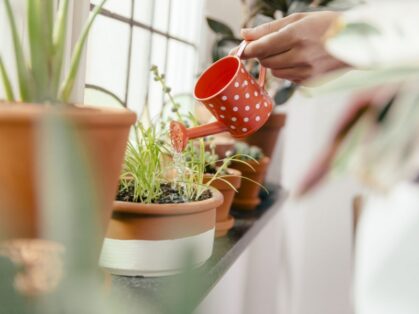
Watering Methods
– Prefer irrigation to “drip”, or micro-irrigation, which is the most modern and water-saving technique.
– Make sure that watering is planned according to the needs of the different plants, ensure sufficient drainage of the soil, fertilize and amend the soil (replace compost), if necessary.
– Use mulching, as well as hoeing, to limit the evapo-transpiration of the crop and thus “save” watering. As the saying goes, “one hoe is worth two waterings”.
– To avoid over-watering potted plants, it is a good idea to water once the first centimeter of soil has dried thoroughly.
– Avoid using water that is too cold or too hot, and prefer water at room temperature.
How to check if the plants need water?
Although each plant has its own needs, certain methods can be applied to all plants and help to avoid excess water.
Usually, we think that a plant needs water when the surface of the substrate seems dry, but it is more important to know if the ground is really dry in depth because it could in fact be too wet, for example, in the event of bad drainage.
The simplest and most common method is to stick your finger into the soil to see if it is wet – but there are other ways to see if water is missing.
– You can simply use a pencil and push it into the soil. If when you pull it out, it is covered with soil, it is wet. If it comes out dry and clean, however, it means you need to water it – much like checking with a knife to see if a cake is cooked.
– If the jar is made of clay or terracotta, you can give small blows to the sides of the container. If it sounds hollow, you have to water. If the sound is full, it means that the substrate is still fairly moist.
– If the pot is too light when you lift it, it means that you need to water the plant. The weight of a container changes a lot when the substrate is wet.
– You can also buy a moisture meter at a garden store. These devices should be embedded in the substrate and allow you to check the moisture content of the soil.
– If in doubt, it is best to wait a day or two before adding water to avoid over-watering.
Additional watering tips
- Remember that plastic pots retain water longer (so you need to water them less often) while clay pots, which are porous, retain less moisture.
- Each plant has its own watering needs. For example, succulents and cacti need very little water, while hydrangeas, azaleas, and plants with many leaves generally need more water and more frequently.
- During periods of active growth and flowering, plants need more water than during resting periods such as winter.
- During the summer, due to the high temperatures, watering is required every day because water evaporates faster.
- It is advisable (especially for indoor plants) to fill the watering can the night before watering so that the chlorine evaporates and the water is at room temperature, which will be better for the plants.
Summary
Over-watering is definitely much worse than under-watering, as it is much more difficult to get the plant back into balance afterwards. That’s why, if you follow these watering tips, you’ll avoid many disappointments and keep your wonderful potted plants longer.
